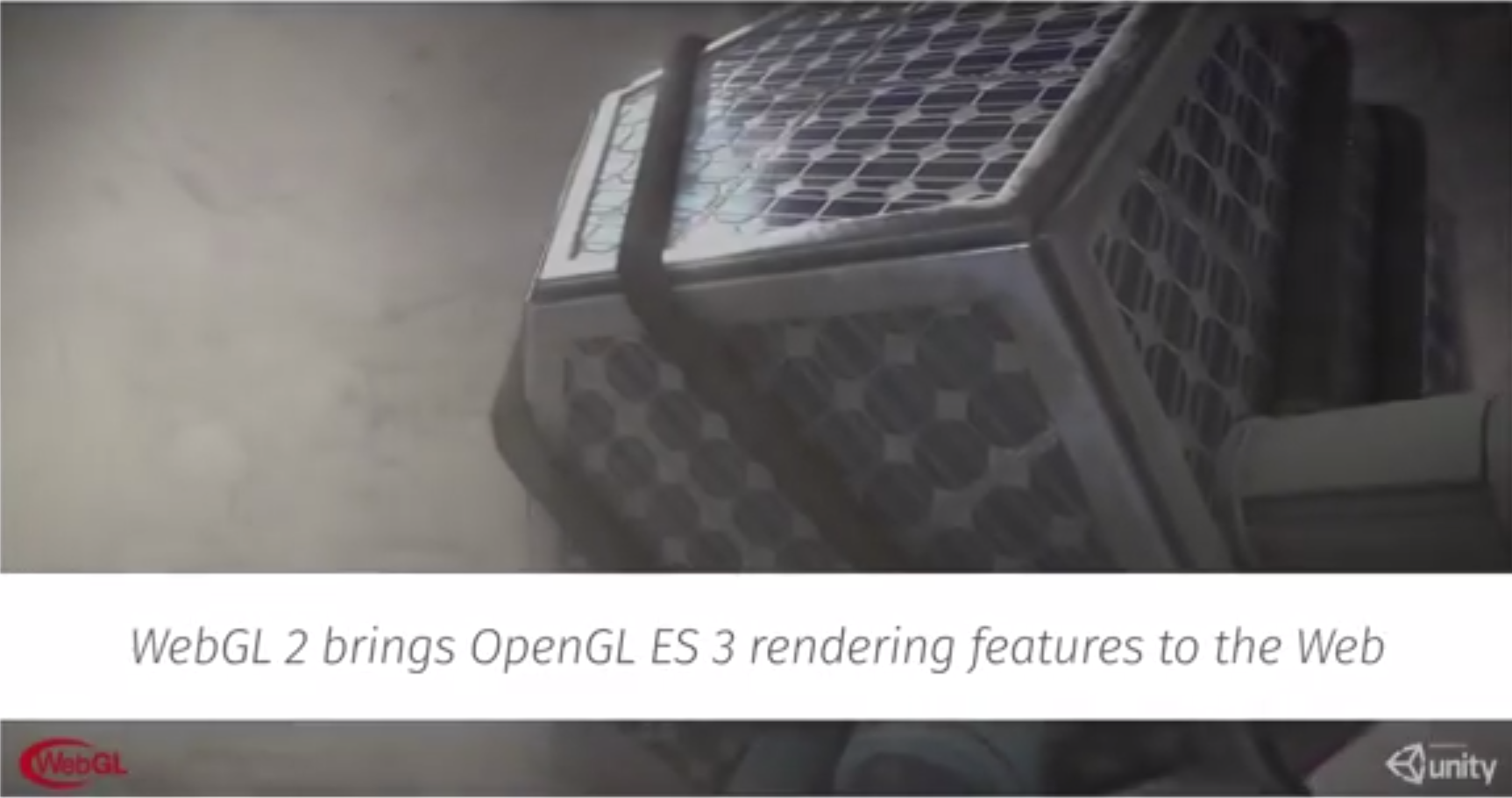There were a lot of announcements at Game Developer Conference in San Francisco today, but one flew under the radar: a preview of WebGL 2. Mozilla gave us a sneak peek of what will one day power games and other intensive applications in the browser.
WebGL, which stands for Web Graphics Library, is a JavaScript API for rendering interactive 3D computer graphics and 2D graphics in compatible browsers without needing plugins. It allows GPU-accelerated usage of physics, image processing, and effects as part of the web page canvas, and WebGL elements can be mixed with other HTML elements on the page.

Unlock premium content and VIP community perks with GB M A X!
Join now to enjoy our free and premium membership perks.
![]()

![]()